Allgemein
Ideenritter
Es wäre schön zu glauben, dass der Ritterschlag nicht nur Peter Cook auszeichnet, sondern auch die Idee, dass Architektur ein Experiment ist. In einer Zeit, in der jede erdenkliche Form baubar ist, erinnert diese Auszeichnung an die Wichtigkeit, Unmögliches zu denken. In Archigram, einer Art Mischung aus Zeitschrift und Comicheft, die Peter Cook ein Jahr nach seinem Examen 1960 gründete, entwickelten er und seine Mitstreiter Ideen zur Gesellschaft, die sich damals sozial und wirtschaftlich neu organisierte. Großen Einfluss hatten dabei Science-fiction-Autoren oder Filmregisseure und neue Materialien, Strukturen und Formen, frisch aus dem Labor. Die daraus entstehenden Visionen von Architektur als Steckspiel aus Hightech-Komponenten setzten Cooks Studenten 1974 mit dem Centre Pompidou um. Auch danach, in der Frankfurter Städelschule und der Bartlett School in London, ermutigte er seine Studenten stets, die allerneuesten Technologien einzusetzen, so dass sie ab den neunziger Jahren nicht nur ihre Ideen bauen, sondern auch ohne Weiteres als Drehbuchautoren, Regisseure oder Künstler arbeiten konnten. Heute ist die Bartlett School einer der kreativen Motoren Londons und Cooks Einfluss als derjenige, der zur Erforschung der Randbereiche und Zwischenräume der Stadt ermutigt, größer denn je. Genau zu dem Zeitpunkt, als sich die Architektur von ihren historischen Zwängen befreit hatte, konnte Peter Cook sein erstes »richtiges« Gebäude realisieren – das Kunsthaus in Graz. Natürlich ist es ein Stück guter Architektur. Wofür es aber steht, ist Peter Cooks Haltung, mit Hilfe modernster Technologie die Architektur zu befreien, städtische und akademische Strukturen in Frage zu stellen, Konstruktionen als vorläufig und fragmentarisch aufzufassen, die Umwelt kritisch zu betrachten und Entwürfe so lange zu drehen und zu wenden, bis sie nicht nur Architektur sind, sondern nicht weniger als Augenblicke eines Wunders.
~Aaron Betsky
Paper Knight
I guess we will have to treat him with respect now. Peter Cook, agent provocateur of architecture, godfather of high tech, perennial pixie of design academies all over the world, has been knighted. You have to love a country that takes its most creative rebels and has them kneel to the Queen. Certainly it is a recognition that is fully appropriate. Few Brits since the Second World War have had as much influence on architecture as Sir Peter Cook. What is especially remarkable is that he has actually built very little, and what one can admire in the flesh (or in the flesh-like undulations of his later, biomorphic structures) may not be as beautifully realized as the work of the generations of students he has taught, cajoled, criticized and inspired.
Sir Peter was knighted for his achievements as a paper architect, and with that recognition comes the realization that perhaps the best architecture is that which is never built. In a period in which the ease with which ideas can be translated into built form conspires with the relentless value engineering of anything that is built to create a peculiar kind of expressive blandness, this knighthood is a valuable reminder of the importance of the impossible proposal.
Peter Cook did not invent paper architecture, but in founding Archigram he did give it the most irreverent, fully realized and inspiring form it has had since Le Corbusier proposed wiping out the center of Paris in favor of high rises for the haute bourgeoisie. Cook started this combination of magazine and comics within a year of graduating from the Architectural Association in 1960. He and his cohorts weren’t so much interested in proposing structures that could be built with then available technology, as they wanted to show how society was tending towards new social and economic configurations that would necessitate the use of materials, structures and forms that were then being developed in laboratories, in advanced military material and, what was most important, in the minds of science fiction writers, directors and even painters.
Walking cities, combinations of suits and buildings, communities that would just keep growing from central masts, palaces of pleasure and towers of sin, all of it was possible and all of it appeared on the pages of Archigram. Cook and his fellow travelers thought in terms of scaffolding instead of building, in terms of plastic rather than stone and steel, and in terms of mass produced sensuality rather than in elegant one-offs. It is hard to imagine how radical such notions were. The idea that architecture should be an open grid was perhaps not as new as the comparisons these brash young men (no women) made between the architecture and rockets, cars and rock music. Freedom, availability, and a lack of respect for authority or precedent came together in the architecture of what Marcuse a few years later celebrated as »polymorphous perversity.« If Cook’s contribution to Western culture had been this vision of the future as a plug-and-play assemblage of high tech components set to a pop tune, it would have been more than enough, especially after his students built that dream into the reality of the Centre Pompidou in 1974 and went on to establish the realm of the High Tech Lords. But Cook did not stop there. He turned the Städelschule in Frankfurt into a hotbed of innovation, encouraging students to use the next generation of technology to create forms that were more fluid and organic than he had drawn during the 1960s. With his then-wife, Christine Hawley, he won several competitions in which he adapted both the interest in environmentally sensitive technology and the fragmentary appropriation of the past into densely textured shapes that also questioned the good taste inherent in static or hierarchical proportion and a muted color palette that was proper to architecture.
His next stop was back in London, where he turned the Bartlett School from a trade school into yet another hotbed of architectural experimentation. In many ways he stole the thunder of his Alma Mater, the Architectural Association, by letting the tutors and students pursue an architecture that led not towards recognizable buildings, but towards fragmentary structures, stories, collages and other ephemeral critiques of the built environment. The one difference was that by this time (the 1990s) technology had caught up with the vision: almost anything the students could imagine, they could, if they really wanted to, build. Moreover, the computers on which they were producing their forms used the same programs as those of the advertisers, engineers and other »operators of symbolic logic,« as former American Treasury Secretary Robert Reich called them. And in our culture, architecture, advertising, fashion and art are all part of the same cultural construct. It was something Cook had proposed back in the days of Archigram, but that now had become a reality. A Bartlett student could go into the building trade, but she or he could also do storyboards, make movies, or sell his or her work at a gallery. Today the Bartlett is an engine of the creative factory that London has become, and Cook’s influence as the man who encourages this exploration of the edges and interstitial spaces of the city has never been greater.
Ironically, it was exactly at this point of liberation of architecture from its historical straightjacket that Sir Peter Cook had the chance to realize his first traditional, monumental building. He had won several important competitions in the previous decades, but none of them had been built, and his œuvre consisted of a few housing blocks in Berlin and some renovations. Now he had a chance to »prove himself« in the grand tradition. Of course the Kunsthaus in Graz looks nothing like an art temple, but despite its bulbous shape and the advanced technology it incorporates, it is still an eye-catching building that uses such traditional methods as the enfilade from the street to the most important spaces, which are located on the piano nobile, to emphasize the importance of whatever is shown in this multi-purpose art room.
It does not matter so much to the future of architecture that the Kunsthaus is a good building. It is perhaps more of value to Sir Peter personally. What is infinitely more important is that he has continued to see architecture as a way of stealing the latest technology and using it in architecture, not so that architecture can be as slick as an airplane or a racing car (as some of the High Tech Lords seem to believe), but because he believes that advanced technology has a liberating capacity. Cook has always chafed at the status quo, whether it is the urban forms in which we have to live or the academic structures in which we have to work. He has always argued for the tentative, fragmentary construction of scaffolding that would be essentially open, allowing everybody to manipulate it and appropriate it at will. He has always seen his method of working in an analogous manner: as part of a team, as a critic, as a keen eye and sharp tongue, as a designer who flips and twists things so that they are not just the limiting forms architecture is fond of producing but no more and no less than hints at wonder.
I would like to think that this knighthood is therefore not just for Peter Cook, however much he deserves it, but also for the whole idea that architecture is an experiment. Behind Sir Peter as he knelt for the Queen stood Reyner Banham and Lebbeus Woods, Chernikov and Libeskind before he sold out, and generations of young architects who have never and will never built, because they believe architecture is too important to encase in the tomb of a building.
Aaron Betsky ist Direktor des Cincinnati Art Museum. Davor leitete er das NAI und war Kurator für Architektur, Design und Digital Projects am San Francisco Museum of Modern Art. Als ausgebildeter Architekt hat er rund ein Dutzend Bücher über Architektur und Design verfasst, zuletzt »False Flats: Why Dutch Design Is So Good« (2004).
Teilen:






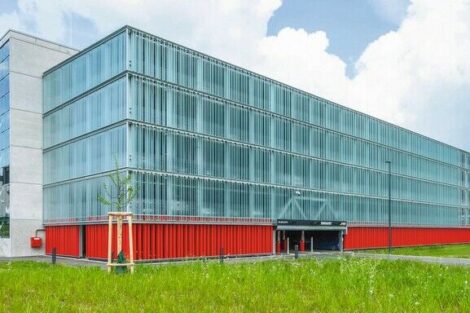
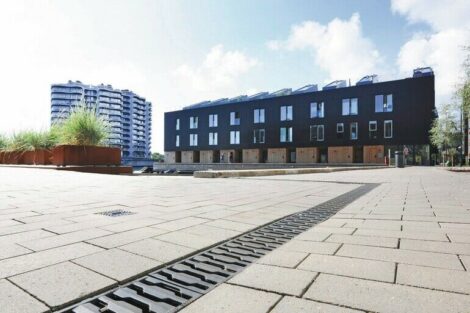

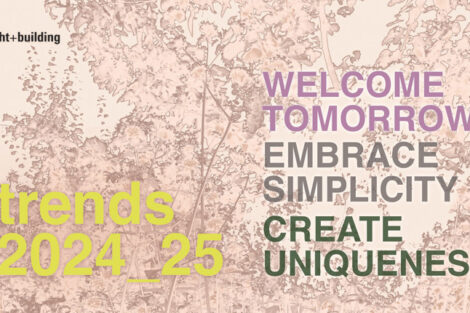
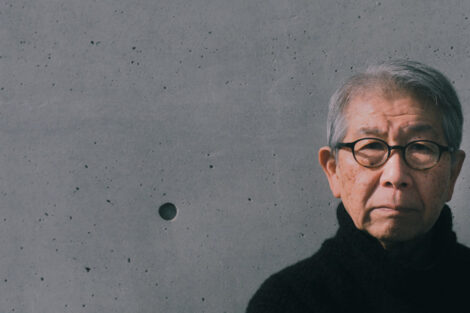
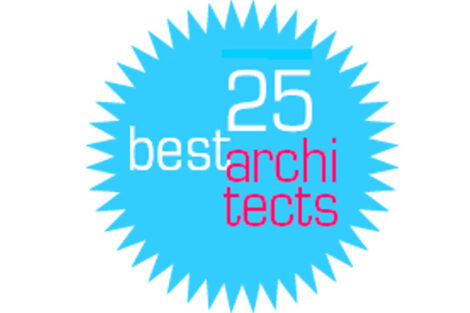
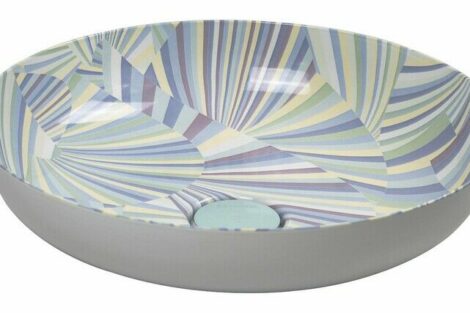
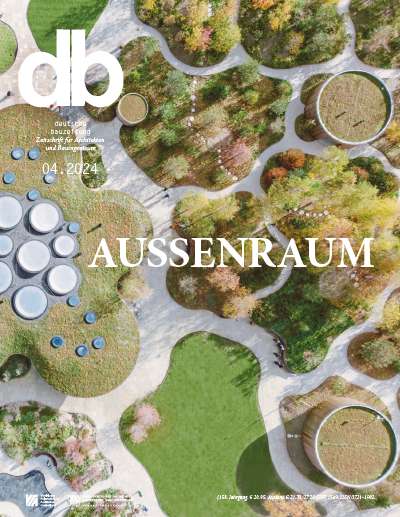

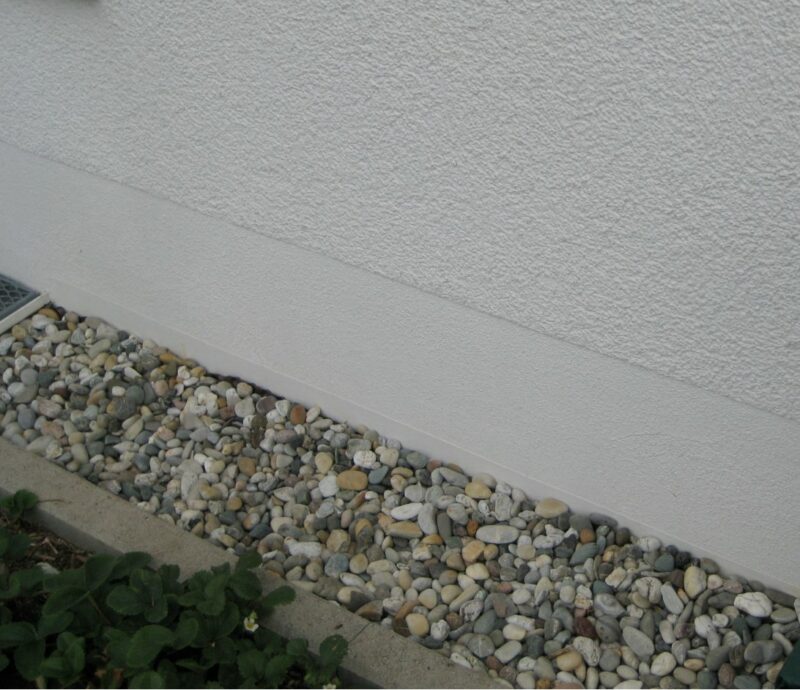
 Trockene Socken
Trockene Socken


